What is the essence of “The American Dream.”?
“Every succeeding generation will have it better than the last.”
There is now the worry that our kids and grandkids won’t have the life that we enjoyed. They won’t have…
A Bigger Home
A Better Job
More money
…than their parents. Then again, “bigger and better” have a finite capacity. How much bigger and better can it get?
Could our understanding of the American dream actually be misguiding? Here are 4 ways this new generation is challenging us to lead today for a better tomorrow.
1. They challenge us to think qualitatively instead of quantitatively. Quality has less limits than quantity. Why not focus the dream on economic justice, or more tolerance for differing points of view. Less polarization could be refreshing. Or how about revisiting our education system to make sure real learning is taking place? Why not focus on preparing students for the workplace of the future? Does our instruction take place in the context of a global economy? This new generation demands this kind of thinking. It’s a good demand and will help define what that American dream should be.
Think quality instead of quantity.
2. They challenge old assumptions about careers and jobs. Getting employment and loyally working for a company until we can comfortably retire has been thrown into question. Staying with one company is not the top consideration of a career. And neither is the sole emphasis on the bottom line. There is a strong expectation for businesses to expand the impact they are making. This newest generation has a strong sense of this. And it transcends having more than our parents.
Think contribution instead of consumption.
3. They challenge “one size fits all.” Learning processes will be customized. Some of us grew up with television. This new generation has grown up with something in their hand. Over the next few years many of these devices will be used in the classroom and workplace. It will be possible to monitor how fast students are learning. They will be able to learn at their own speed. This will prevent someone from falling into the gaps of the system, while at the same time not holding another back. Managerial-leaders are also learning to do this. Mentoring and Coaching are a part of the leadership process.
Think “guide on the side” instead of “sage on the stage.”
4. They challenge us to make decision-making more distributive. It was customary for decisions to be made by central command because that’s where the information was collected. Today, there is a pipeline of information available to everyone. The skills for making decisions need to be dynamic – not static. This is necessary to keep up with rapid change, and it elevates the role of the worker. There are a lot of firsts with the Millennial generation that make this essential.
It’s the first generation that…
Doesn’t need an authority figure to access information
Enjoys external stimuli at their fingertips 24/7
Will learn more from a portable device than a seminar
Leadership will rise more organically, and distributed decision-making will help grow and leverage that leadership. A hierarchical chain of command can act like a bottleneck, slowing down the system. The result? Better decisions and stronger engagement.
Think collaboration instead of control.
Every succeeding generation will have it “better” than the last? I believe that is true. Redefining what “better” means gets us closer to a biblical model in our understanding of the American Dream.





